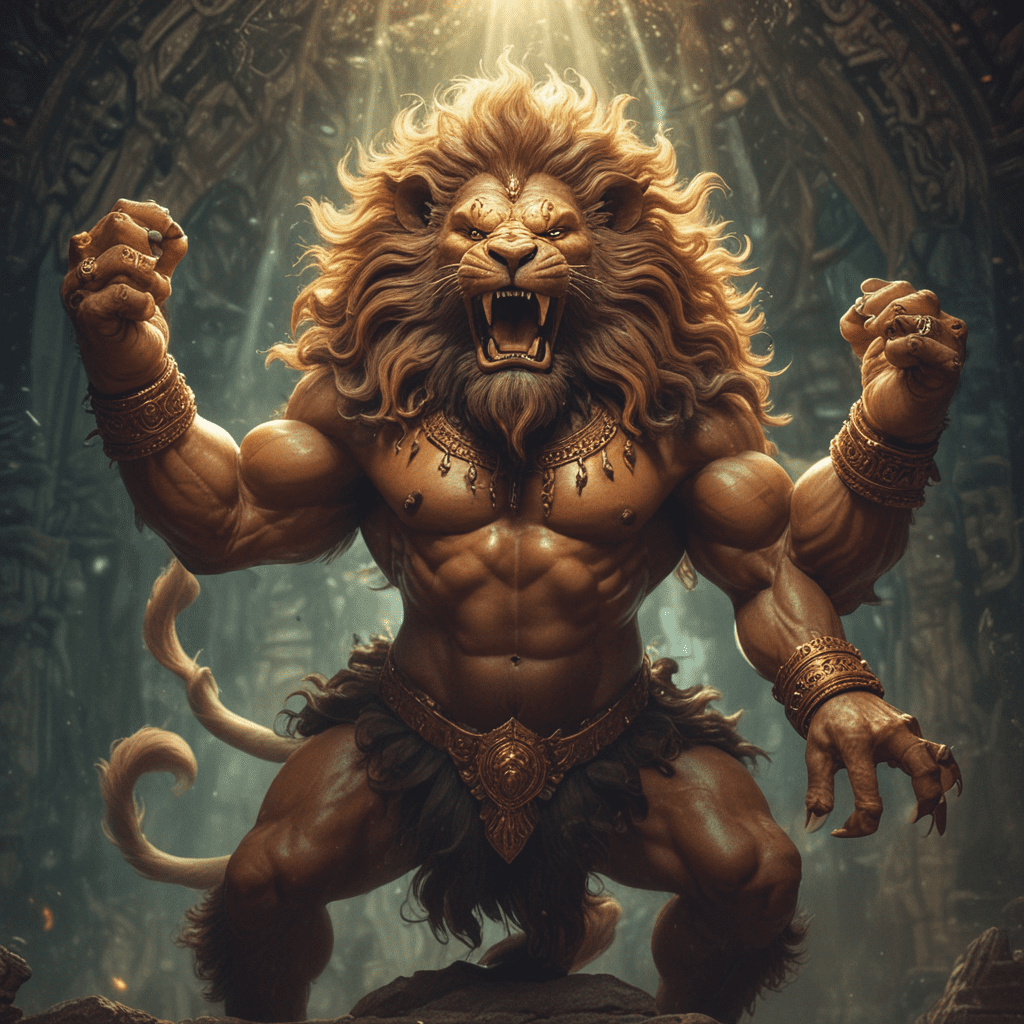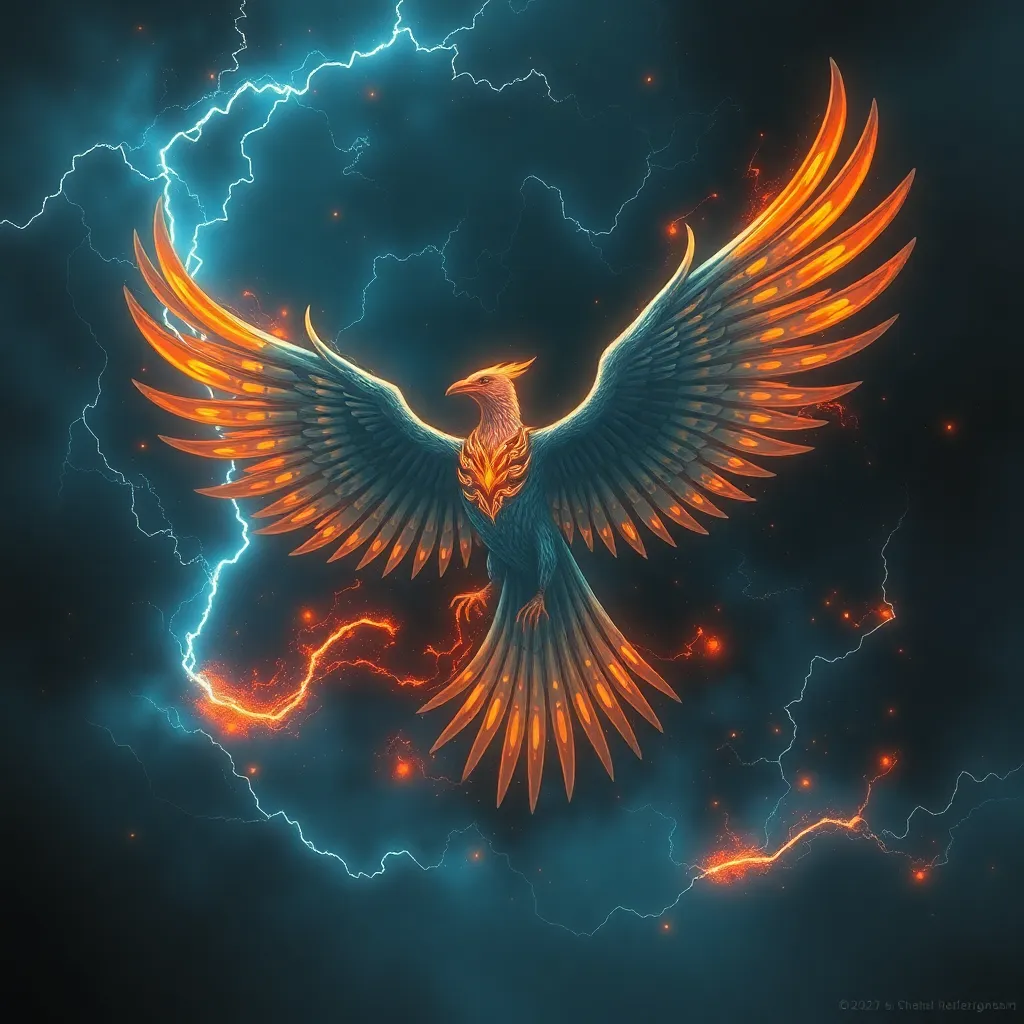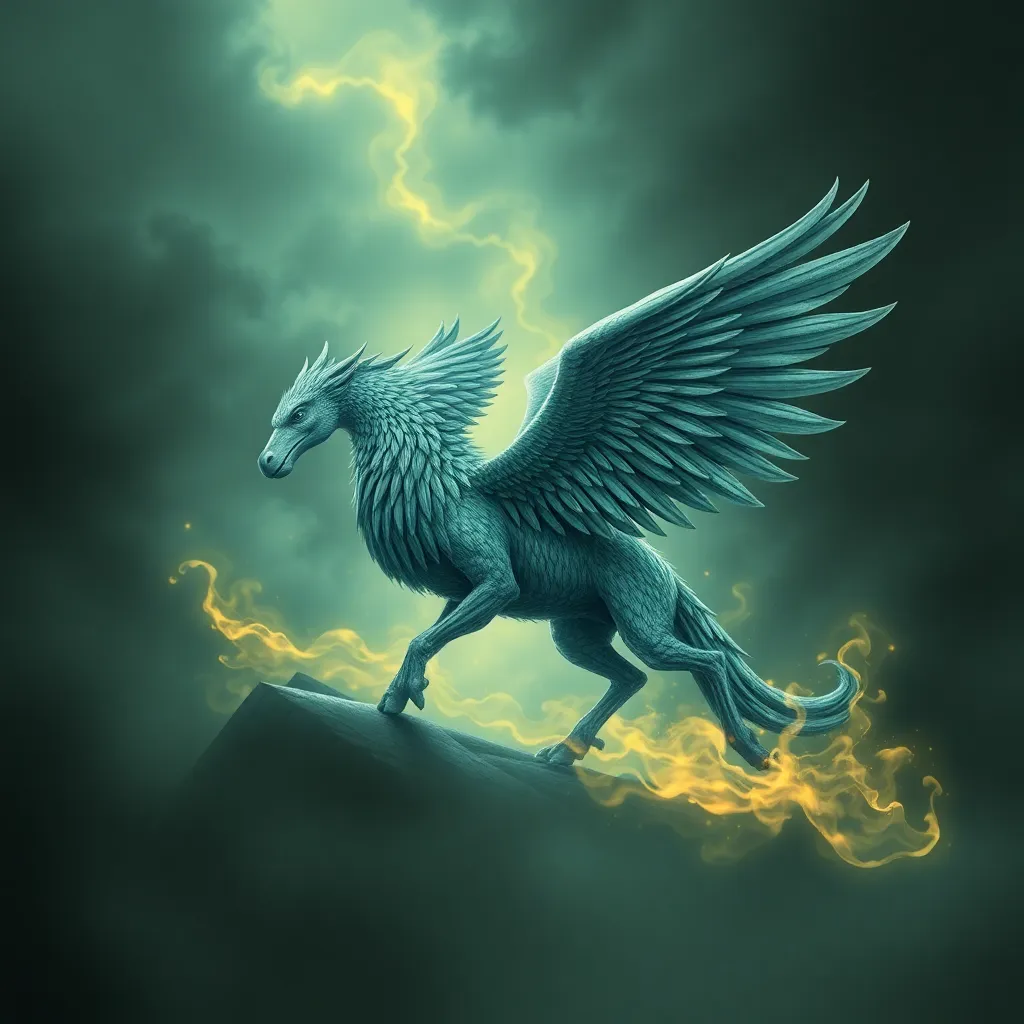The Myth of Narasimha: The Man-Lion Avatar of Vishnu
**
The Legend of Narasimha
**
The legend of Narasimha, the man-lion avatar of Vishnu, is a captivating tale of good triumphing over evil, devotion overcoming adversity, and the preservation of dharma. Rooted in ancient Hindu mythology, this myth has been narrated and retold in various scriptures, including the Bhagavata Purana, the Vishnu Purana, and the Ramayana.
Vishnu's Incarnations and the Purpose of Narasimha
According to Hindu beliefs, Vishnu is one of the three primary deities who maintains and protects the universe. He manifests himself through various incarnations, known as avataras, to restore balance and righteousness when cosmic order is threatened. Narasimha, as the fourth incarnation of Vishnu, emerged to protect his devotee Prahlada and vanquish the evil demon Hiranyakashipu.
The Origins of Hiranyakashipu and His Curse
The myth begins with Hiranyakashipu, an asura (demon) who performed severe austerities and penance to Lord Brahma, the creator god. Brahma granted him the boon of immunity from death during the day or night, inside or outside, on earth or in the sky, and by any weapon known to man or god. Empowered by this boon, Hiranyakashipu became arrogant and cruel, tormenting the worlds and persecuting all who opposed him.
Prahlada's Devotion and the Wrath of Hiranyakashipu
Amidst the reign of terror, there lived Prahlada, a young prince and Hiranyakashipu's own son. Unlike his father, Prahlada was a staunch devotee of Vishnu, much to Hiranyakashipu's fury. Enraged by his son's devotion, Hiranyakashipu repeatedly attempted to kill Prahlada, but each time, Vishnu's divine protection intervened.
Vishnu's Appearance as Narasimha
Driven by desperation, Hiranyakashipu challenged his son to prove the existence of Vishnu within the pillar of his palace. As Prahlada approached the pillar, Vishnu emerged in the form of Narasimha, a fearsome man-lion hybrid.
The Confrontation between Narasimha and Hiranyakashipu
The confrontation between Narasimha and Hiranyakashipu was a fierce and decisive battle. As Hiranyakashipu drew his sword, Narasimha roared and charged at him. The man-lion avatar was immune to all of Hiranyakashipu's attacks, and with his razor-sharp claws, he tore apart the demon's body. Narasimha then ripped out Hiranyakashipu's entrails and devoured them, fulfilling the curse that had protected the demon from conventional weapons.
The Blessings to Prahlada
After vanquishing Hiranyakashipu, Narasimha turned his attention to Prahlada. Recognizing the young prince's unwavering devotion, Narasimha blessed him with immortality and the promise of fulfilling his righteous desires. Prahlada became a great king, renowned for his wisdom and piety, and his lineage played a significant role in the future history of the world.
The Significance of Narasimha in Hinduism
The myth of Narasimha holds immense significance in Hinduism. It embodies the triumph of good over evil, the protection of the righteous, and the restoration of cosmic order. Narasimha is revered as a fierce and awe-inspiring deity, representing the divine wrath that is unleashed against the forces of darkness. His worship is believed to bring protection, courage, and the removal of obstacles.
Narration in Various Puranas and Epics
The legend of Narasimha is narrated in various Puranas, including the Bhagavata Purana, Vishnu Purana, and Padma Purana. Each version offers unique insights into the myth, emphasizing different aspects of Narasimha's character and divine powers. The story is also depicted in epics such as the Ramayana and the Mahabharata, highlighting the significance of Narasimha in Hindu literature and mythology.
Contemporary Significance and Meaning
The myth of Narasimha continues to inspire and resonate with contemporary audiences. It serves as a reminder of the importance of devotion, the power of divine protection, and the need to stand up against evil. Narasimha's fierce aspect represents the strength and determination required to overcome adversity and uphold righteousness. The story also highlights the transformative nature of divine love, which can uplift the devoted and bring about spiritual growth.
FAQs
Q: What is the significance of Narasimha's form as a man-lion?
A: The man-lion form combines the power and majesty of a lion with the wisdom and intelligence of a human, representing Narasimha's unique nature as a divine protector.
Q: Why did Hiranyakashipu attempt to kill Prahlada?
A: Hiranyakashipu's pride and hatred for Vishnu caused him to persecute Prahlada, who was a staunch devotee of the god.
Q: How did Vishnu emerge as Narasimha?
A: Vishnu manifested as Narasimha from within a pillar of Hiranyakashipu's palace, fulfilling the demon's boon that protected him from conventional weapons.
Q: What is the message conveyed by the myth of Narasimha?
A: The myth emphasizes the triumph of good over evil, the protection of the righteous, and the transformative power of divine love.



